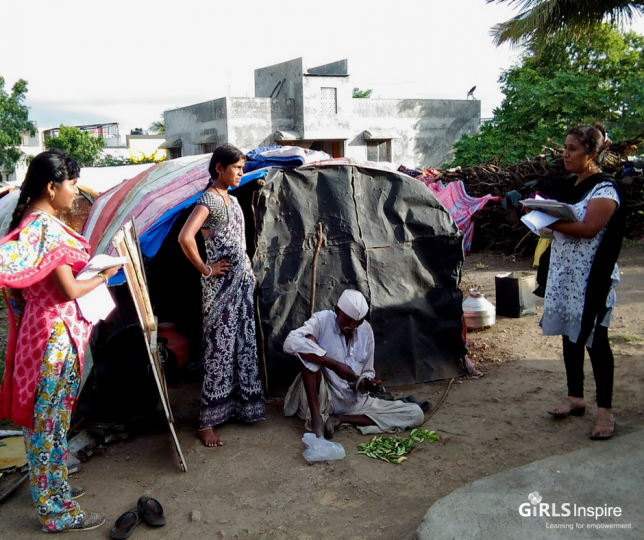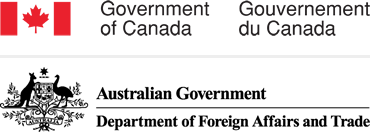Imagine a village where the girls and women are responsible for collecting water for their household. The girls and women walk 20 minutes each way to draw water from a river and this must be done several times a day to meet household needs. A project for women’s empowerment decides to build a well in the village so that the women can have closer access to water. However, the well is built close to the area in the village where men gather to socialise. At first, the women use the well but eventually go back to getting water from the river. Why did this happen?
While the above situation is hypothetical, it illustrates the role gender has on both inputs and outcomes of a development project. In this circumstance, building the well in such an area could disrupt the social patterns of men in the village or the location may be one where girls and women feel unsafe to get water. What is missing in this program design is consultation and contextual understanding of men and women’s experiences and aspirations for change.
When designing programs that target communities and seek to address development issues, it can be challenging to predict the ways in which the outcomes will impact men and women. This is where the role of incorporating gender equity in monitoring and evaluation strategies comes into play. Gender equity in monitoring and evaluation refers to the assessment of a “project’s effects and impacts (intended or unintended) on gender relations and women’s empowerment.” (Gender-Sensitive Monitoring and Evaluation, IFAD). It has deep implications for programs specifically focused on women and allows us to connect outcomes of women’s empowerment within her larger community.
Ensuring gender equity is part of a monitoring and evaluation plan requires planning and implementation throughout the M&E process. It requires project staff to be gender-sensitive and for the M&E framework to employ a gender lens. Secondly, indicators that reflect gender equity need to be developed. During implementation, data needs to be collected that is gender disaggregate and comes from a variety of sources of data. Lastly, the M&E data should be analysed through the lens of gender to assess how the intervention affected men and women. (Setting Up A Gender Monitoring and Evaluation System, UNICEF ) For projects focused on women’s empowerment it’s crucial to be able to provide evidence with a gender framing.
In your experience, has gender influenced the outcomes of a program you have run?
Are you currently collecting data to ensure gender equity?
I am looking forward to hearing your contribution on this topic. Also, join us for our webinar on this topic happening Oct.26.
Sources:
“Gender-Sensitive Monitoring and Evaluation.” IFAD Asia, International Fund for Agricultural Development , http:// asia.ifad.org/documents/627927/627956/65+Gender-Sensitive+M%26E.pdf?version=1.0. Accessed on 24 Oct 2017.
Brown, Lynette Joseph. “Setting Up a Gender-Sensitive Monitoring and Evaluation System: The Process.” UNICEF Regional Office for Latin America and the Caribbean Adolescent Development, Participation and Gender Equality. 2006. https://www.unicef.org/lac/Setting_up_-_Book_2.pdf. Accessed on 24 Oct 2017.
Menu




1 thought on “Gender Equity in Monitoring and Evaluation – How does it connect to our work?”
The article is very helpful in understanding the role of gender equity and the importance of deployment a gender lens in M&E process to achieve the intended outcome. Surely the life experiences and psyche of a woman is quite different from that of a man. So we should develop our M&E system and above all designing any project should be based on this assumption. Otherwise the targets will not be achieved like the hypothetical example of building a well for the woman in a community. We in our GirlsInspire project always collect sex dis-aggregated data. We also develop our tools keeping in mind the gender perspective. We assess and reassess any intervention from a gender equity perspective before bringing it in the field/community level so that the end is achieved.
Comments are closed.